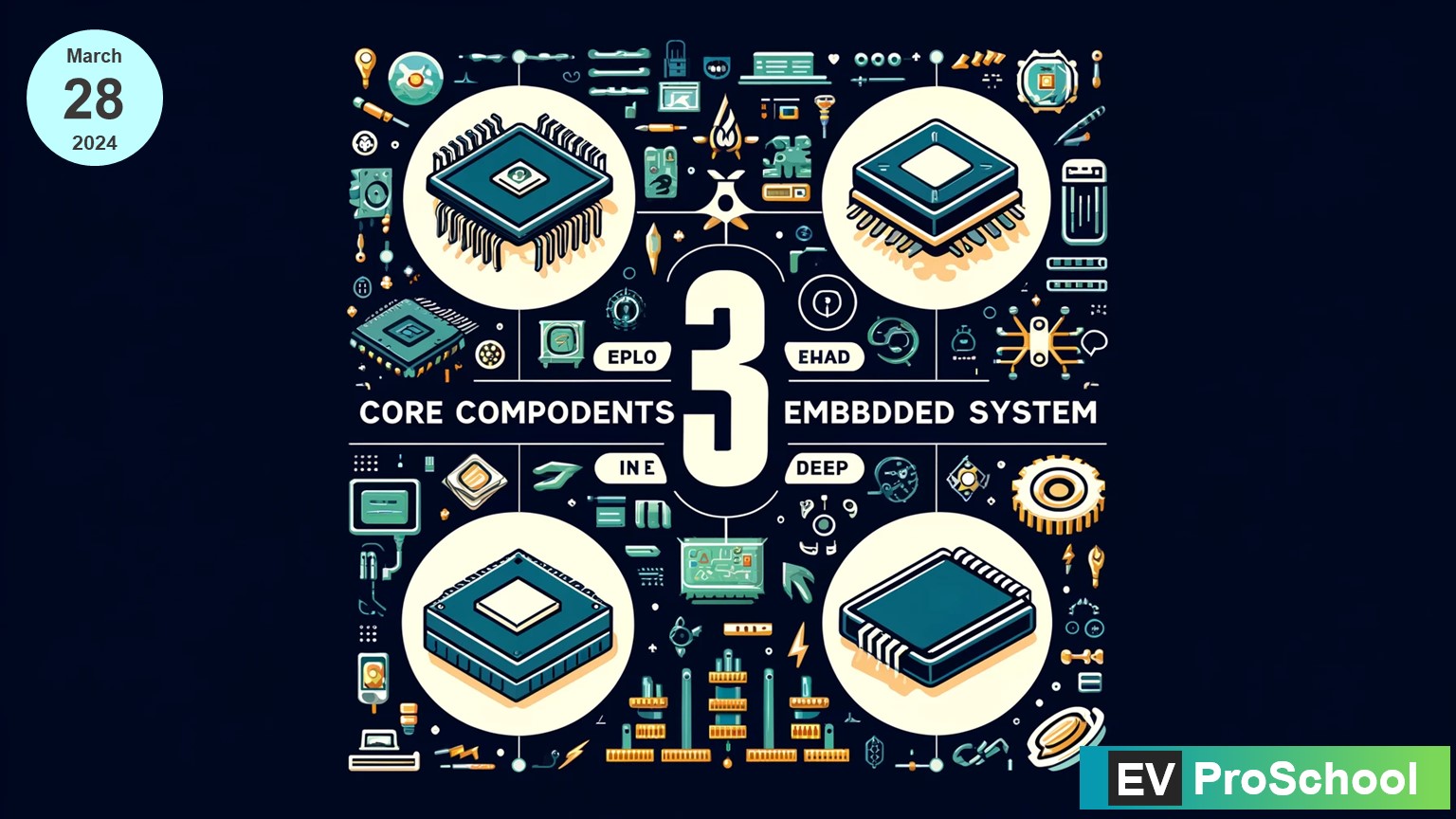In the realm of embedded systems, the foundational layer that facilitates direct interaction between the software and hardware is encapsulated within Board Support Packages (BSPs). My journey through the intricacies of BSPs, including the configuration and handling of ADCs, timers, PWM engines, interrupts, CAN protocols, flash drivers, watchdog timers, and other hardware interfacing drivers, has been both challenging and enlightening. This blog post aims to share insights from my working experience with these components, shedding light on their critical role in the design and development of robust embedded systems.
The Essence of Board Support Packages
BSPs serve as the critical bridge that links the operating system and the hardware of embedded systems. They contain the necessary drivers and initialization code to get the hardware up and running, ensuring that higher-level software can function correctly without needing to directly manage the nitty-gritty details of the hardware.
ADC (Analog-to-Digital Converters)
Working with ADCs within BSPs involves writing drivers that accurately convert analog signals to digital data, which can be processed by the microcontroller. This is crucial in applications requiring precise sensor data readings, such as temperature or pressure monitoring. The challenge lies in achieving high accuracy and resolution while managing noise and ensuring efficient data conversion rates.
Timer and PWM Engine
Timers and Pulse Width Modulation (PWM) engines are indispensable for controlling time-dependent operations and generating signals with varying duty cycles, respectively. My experience involved configuring these components to manage tasks ranging from generating precise time delays to controlling motor speeds. The key is to optimize timer interrupts and PWM signals to match the application’s timing and control requirements precisely.

Interrupts Handling and Configuration
Effective interrupt handling and configuration are vital for responsive embedded systems. Interrupts allow the microcontroller to react to external or internal events, pausing the current process to execute a higher-priority task. Developing interrupt service routines (ISRs) that are efficient and minimize latency has been a critical part of my work, ensuring real-time responsiveness in embedded applications.
CAN Protocol and Flash Drivers
Controller Area Network (CAN) protocols facilitate robust communication between microcontrollers and devices in systems without a host computer. Implementing CAN protocols within BSPs requires a deep understanding of message framing, error detection, and arbitration mechanisms. Similarly, flash drivers are essential for reliable data storage, requiring careful management of write and erase cycles to ensure data integrity and longevity.
Watchdog Timers
Watchdog timers are the guardians of embedded system reliability, resetting the system in case of software malfunctions or infinite loops. Integrating watchdog timers into BSPs involves configuring them to strike a balance between false resets and detecting genuine system hangs, a task that requires keen attention to the system’s operational dynamics.
The Journey Towards Mastery
Mastering BSP development has been a journey of continuous learning, requiring a solid understanding of both hardware specifications and software engineering principles. It involves not just writing code but also envisioning how each component contributes to the system’s overall functionality and reliability.

Collaboration and Innovation
Collaboration with hardware engineers and system architects has been invaluable, providing insights that have shaped more efficient and effective BSP implementations. Moreover, staying abreast of technological advancements and integrating innovative approaches to BSP development has been crucial in overcoming challenges and pushing the boundaries of what embedded systems can achieve.
Conclusion: The Unseen Backbone of Embedded Systems
The development of Board Support Packages is a nuanced and complex endeavor that sits at the heart of embedded system functionality. Through my experiences in configuring ADCs, timers, PWM engines, handling interrupts, and managing communication protocols and drivers, I’ve gained a profound appreciation for the critical role BSPs play in bridging the gap between hardware capabilities and software requirements. As embedded systems continue to evolve, the knowledge and skills required to develop BSPs will undoubtedly expand, offering endless opportunities for growth and innovation in this fascinating field.



